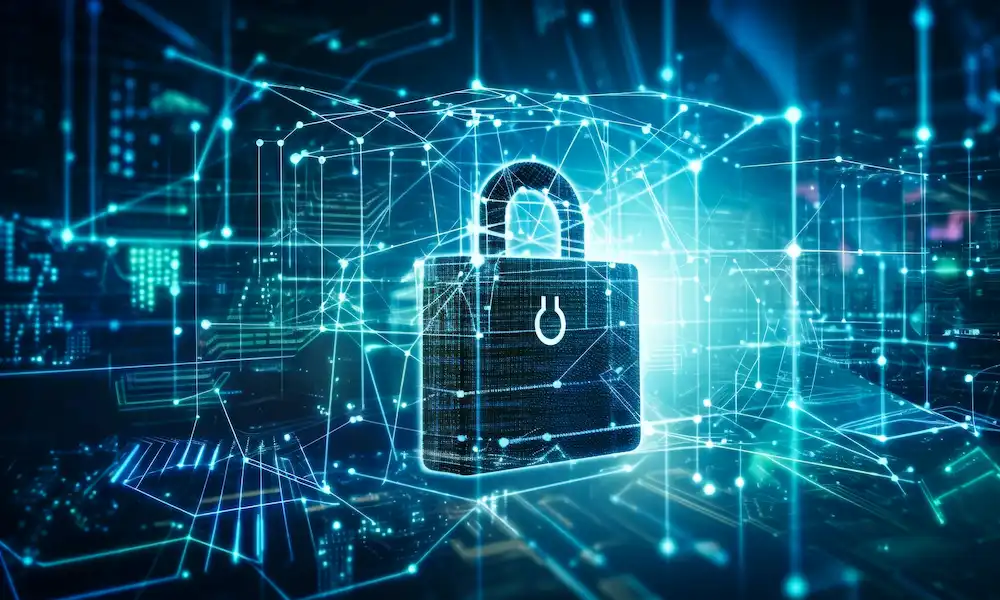Security
SOC Adoption Scenarios That Strengthen Cybersecurity

In today’s digitally connected world, companies require a Security Operations Center (SOC) to protect against cyber threats.
A Security Operations Center (SOC) team monitors and manages an organization’s security tools, policies, and responses to cybersecurity threats. It is responsible for continuously monitoring security breaches and other activities that could harm IT systems or compromise sensitive data.
SOCs continuously monitor networks, detect potential security incidents, and respond to them quickly, thus ensuring compliance with regulations and standards.
Additionally, SOCs provide valuable insights for improving an organization’s security posture. Therefore, they are essential for maintaining robust security and safeguarding against threats.
Introducing Security Operations Center (SOC) features can be an excellent idea for many businesses. However, security always involves risks and challenges, including the need for expertise, planning, and significant resources.
Learning how to address potential challenges is crucial to SOC adoption. However, the upside is that setting it up can significantly benefit your business.
What is SOC Adoption?
SOC adoption involves implementing a Security Operations Center to continuously monitor and improve an organization’s security posture. There are three components, people, processes, and technology.
A successful SOC implementation involves deploying security information and event management (SIEM) solutions, firewalls, intrusion detection systems (IDS), and other security tools that gather and analyze data from the organization’s IT infrastructure. Therefore, ensuring you have the proper infrastructure is one of the primary use cases where SOC adoption can work very well.
The SOC will also need a team of security professionals with in-depth knowledge and experience in security monitoring, threat analysis, and response. There is also a process for defined procedures for handling security incidents, investigating suspicious activity, and implementing security controls. This includes creating playbooks for different scenarios and ensuring clear communication channels.
SOC Adoption Scenarios
Here is a list of scenarios where SOC adoption can be really impressive. Guided SOC operations and managed SOC services are similar but not the same. Both services aim to improve cybersecurity but differ in level of involvement.
Guided SOC operations
Guided SOC operations are managed security services in which an external provider offers assistance, expertise, and support to an organization’s internal security operations center (SOC). This may include help detecting threats, responding to incidents, designing security strategies, and ensuring compliance.
Guided SOC operations enable organizations to improve their security posture, enhance their threat intelligence capabilities, and optimize their security resources.
By utilizing the knowledge and experience of external security experts, organizations can more effectively safeguard their networks, systems, and data from cyber threats. This service can also help organizations overcome staffing challenges, skill shortages, and budget constraints, making it a cost-effective solution for enhancing cybersecurity capabilities.
Managed SOC services
Managed SOC services refer to outsourcing the entire security operations center to a third-party provider. This external provider manages and monitors the security infrastructure, detects potential threats, responds to incidents, and ensures compliance.
While your business retains some level of involvement, the managed SOC service provider assumes the majority of the responsibility for the security operations. For example, your business can concentrate on log analysis, management, threat containment, and response while engaging the managed SOC services provider for network security monitoring.
Cybersecurity Recommendations
That’s important, too, because cybersecurity issues can arise out of nowhere. Using SOCs to provide recommendations and create reports is extremely important. It can save a lot of effort and time. For example, there is early detection and rapid incident response, and SOCs enable security teams to collaborate and share threat intelligence, enhancing overall security.
Final Words
A Security Operations Center (SOC) can help organizations enhance their cybersecurity capabilities, safeguard their networks, systems, and data, and comply with industry-specific regulations and standards.
With a SOC, your business has a centralized view of security threats, which provides faster detection and response. Early detection will likely reduce the costs associated with data breaches and downtime.
Furthermore, the SOC processes allow for accurate and timely compliance management, which is essential for data security and privacy.
With cyber threats constantly evolving, staying ahead of emerging threats requires SOC adoption, regular reviews, and updates of the SOC processes, tools, and training.






